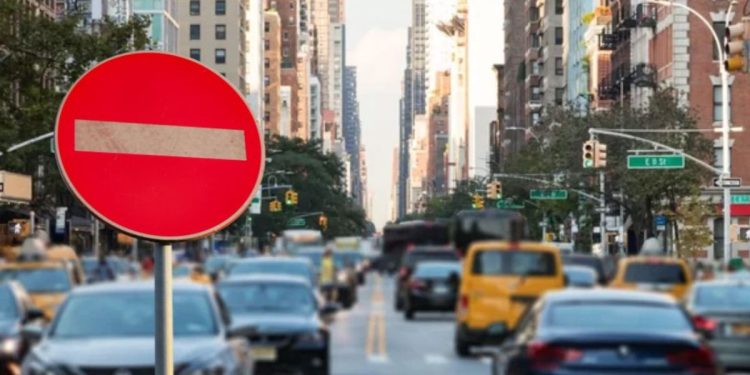As technology transforms the way we drive, states are racing to keep up with the demands of safer roadways. New York is leading the charge in 2025 with a fresh wave of traffic regulations aimed at reducing accidents and adapting to modern transportation challenges. From new bans on certain vehicles to a dramatic shift in speed limits, here’s everything drivers need to know.
Evolving Road Laws Reflect Changing Transportation Trends
Traffic laws are constantly evolving, reflecting the rapid pace of innovation in the automotive world. As new forms of transportation emerge—often smaller, faster, and more accessible—lawmakers are adjusting the legal landscape to ensure road safety and compatibility with existing infrastructure.
Because many of these regulations are set at the state level, it’s important for drivers to stay updated, especially when traveling across state lines. What’s legal in one state may be banned in another.
Federal REAL ID Deadline Approaching
One of the few nationwide changes every driver must prepare for is the REAL ID requirement. Beginning May 7, standard driver’s licenses without the REAL ID designation will no longer be valid for entering federal buildings or for domestic air travel.
This federal mandate, originally introduced nearly two decades ago, has faced multiple delays due to state-level pushback. Now, the enforcement date is final, and non-compliant IDs will no longer suffice for many essential purposes.
New York Bans Certain Vehicles from Public Roads
In anticipation of increased road activity during the summer months, New York State has released an updated list of vehicles that are banned from all public roads, sidewalks, parking lots, and highways. According to the New York State Department of Motor Vehicles (DMV), operating any of the following vehicles on public property is illegal:
- Mini-bikes
- Off-road motorcycles (dirt bikes)
- Go-karts
- Golf carts
- KEI-class vehicles
- Lawnmowers
These vehicles are not built with road safety in mind. Many lack crucial features such as headlights, mirrors, and turn signals. While they may seem harmless or fun for recreational use, they pose serious risks in traffic and are therefore not eligible for registration or road use in the state.
New Speed Limit Rollout: Sammy’s Law in Action
Another major traffic update coming to New York in 2025 is a statewide reduction in speed limits—starting with New York City. Under the newly enacted Sammy’s Law, the city now has the authority to lower speed limits without state-level approval. The initiative was named in memory of Sammy Cohen Eckstein, a 12-year-old boy who was tragically killed in a traffic accident in Brooklyn in 2013.
As a result of this law, New York City will begin lowering the default speed limit from 25 mph to 20 mph, with the goal of extending the reduction statewide by the end of 2025. This move is intended to enhance pedestrian safety and reduce the severity of accidents.
Final Thoughts: Stay Informed and Drive Legally
Keeping up with ever-changing vehicle and traffic laws can be challenging, especially in a state like New York that frequently updates its regulations to match safety needs and technological progress. Whether it’s understanding which vehicles are allowed on the road or complying with federal ID laws, staying informed is the key to avoiding penalties and keeping the roads safe for everyone.









